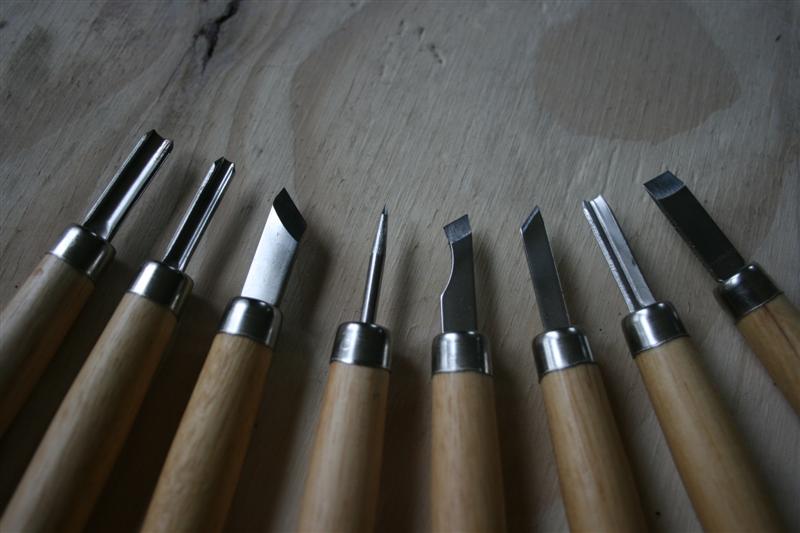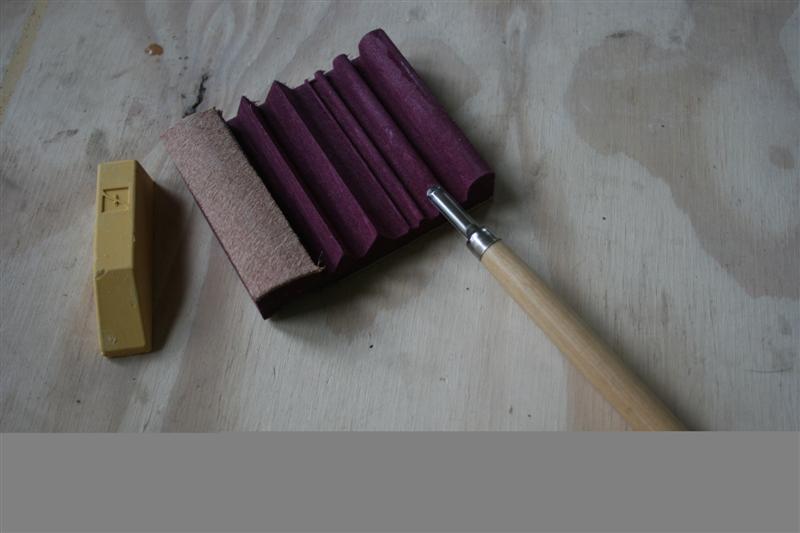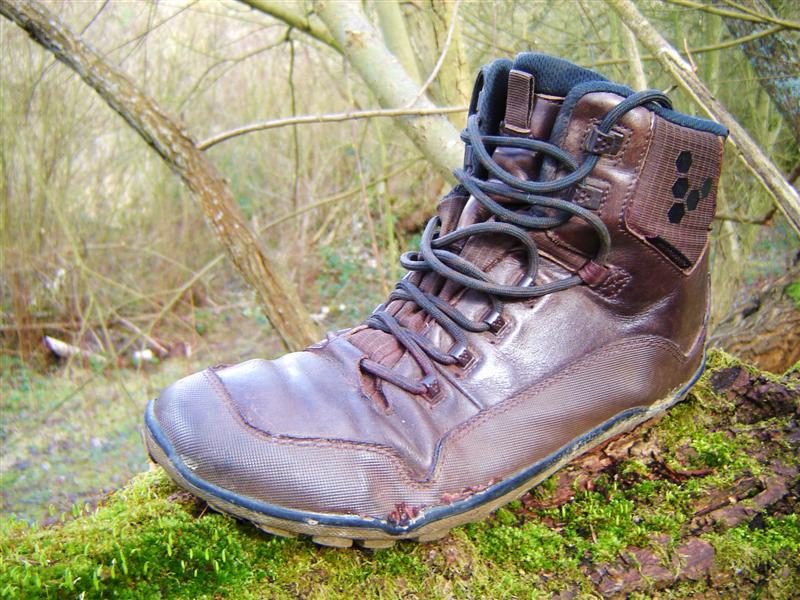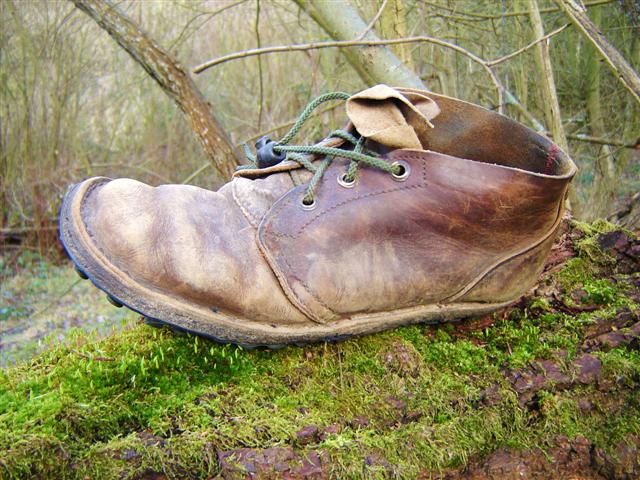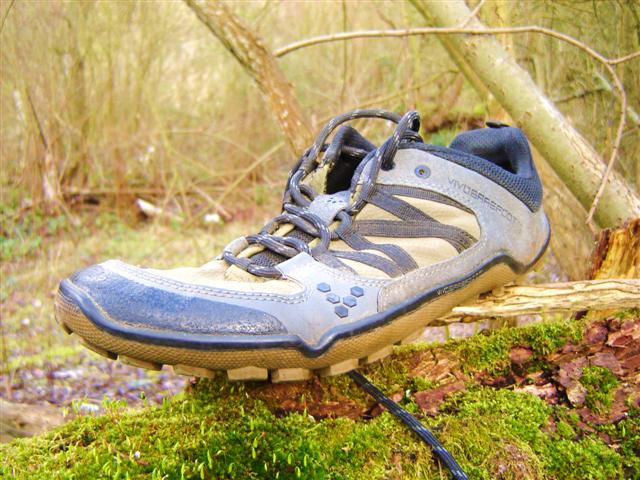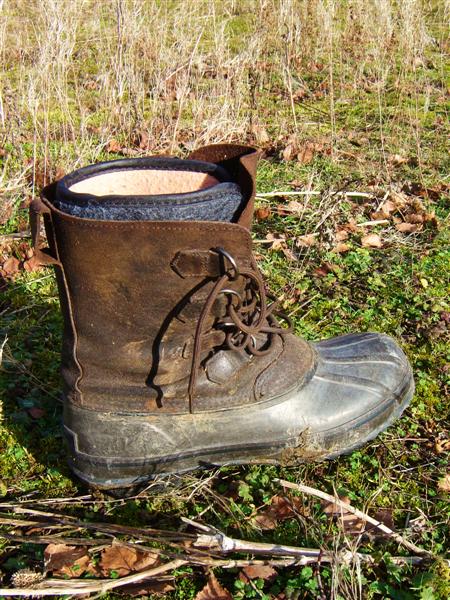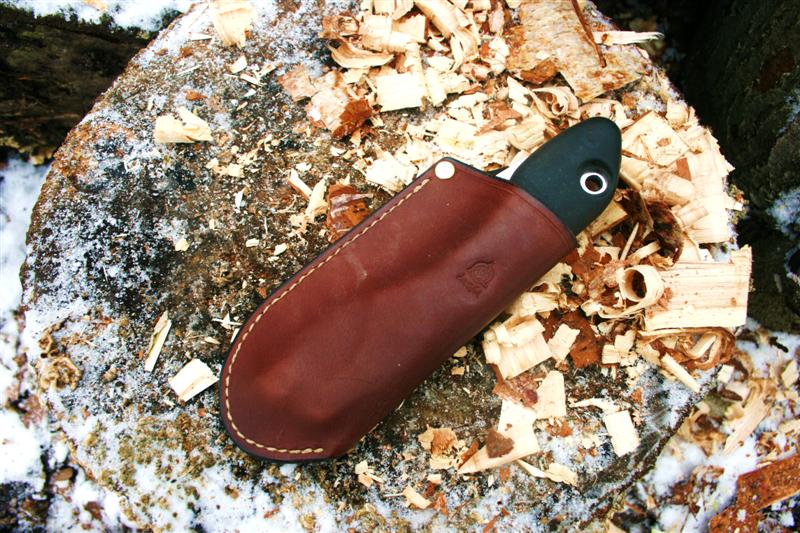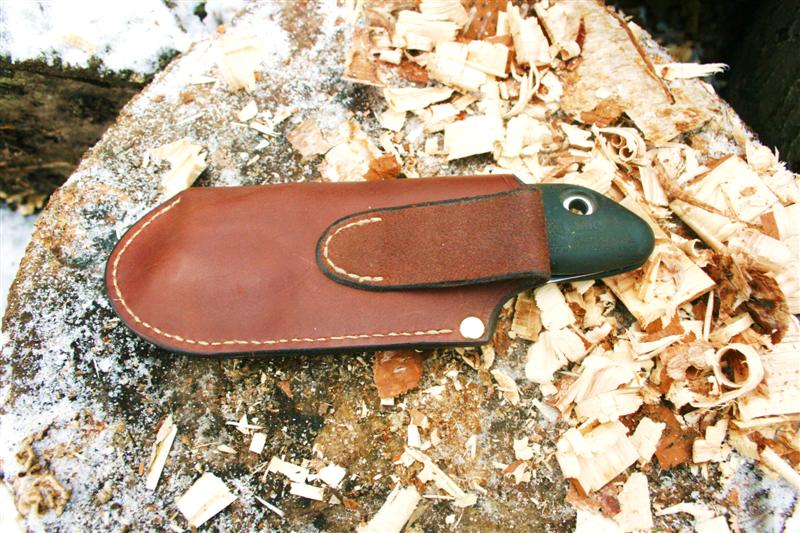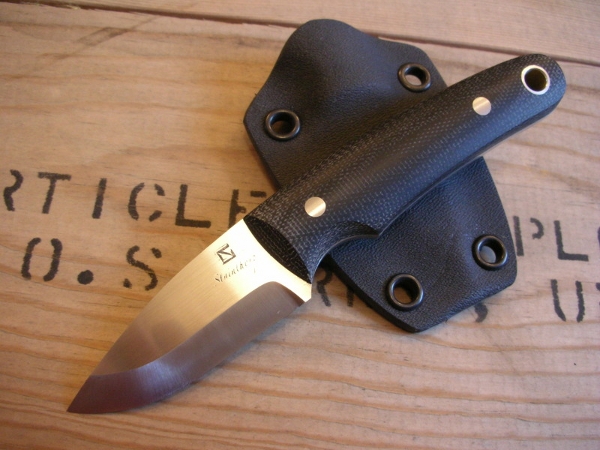Over the years I have used a number of different folding saws, some of which were branded, others that were made by mystery companies and others still which were just plain cheap and nasty. The three main saws that I use are made by Opinel or by Bahco.
When bushcraft started to become popular the Bahco Laplander became very much the flavour of the month, with certain TV personalities giving it their backing and even talking about it in their books. The question being did it really deserve this level of recognition.
The Laplander Folding Saw has got a few nice touches about it, the blade is easily changed and is a reasonable cost here in the UK. The Saw itself isn’t going to break the bank when it comes to purchasing it. When it comes to safety the saw locks open or closed which is a reasonable safety consideration.As a friend once pointed out you wouldn’t want to reach into a side pouch just to meet the teeth of your saw.
The laplander (Bahco 396 LAP) is a good cutting tool, the XT blade is designed as a multipurpose blade for cutting green wood, seasoned wood, bone and even plastics. There are seven teeth per inch over a 7.5 inch (190mm) long blade. The handle is approx 9 inches (230mm) long, the combined overall length is 405mm and the saw weighs in at 200 grams so the saw is good and light.
Although the blade is hardpointed it’s quite flexible and will bend, this is not a bad thing as you can always bend it back. The cutting action is both ways, it cuts on both the push and the draw / pull stroke. In action it is a good efficient tool that cuts reasonably quickly, it doesn’t however provide the cleanest of cuts and this is due to nothing more than the tooth pattern of the saw.
The Opinel, well I say the Opinel, but there are two of them, the No’12 and the No’18.
The Opinel No’18 Folding Saw is closer in size to the Laplander saw, it locks, but it only locks open. This can be rectified by tightening the bolt and nut that hold the blade in position. The lock is effective enough even though it’s a very simple system which also makes the system easy to fix if it should be broken.
The handle is made of beech which is both aesthetically pleasing as well as being warm in the hand. The blades are replaceable, but the cost is prohibitive (it cost nearly as much to buy a new saw in the UK should you break a blade). The blade length is approx 180mm (just under 7.5 inches), the handle length is approx 9 inches (I have seen measurements of both 220 and 230mm) and the weight is around 200 grams.
So as far as specs are concerned the two saws are clearly very much the same (I can’t find a stated TPI for this tool). The tooth pattern on the Opinel is totally different to that of the Laplander, infact it resembles the tooth pattern to be found on the Silky Arborist saws, it cuts only on the draw cut, but it cuts very quickly and very cleanly (I have split blocks of Ebony to be used for knife scales with one of these saws).
The channel that the saw cuts is narrower than that of the Laplander, but it cuts as quickly if not slightly quicker than the laplander. The teeth are large, sharp and run side by side in offset pairs.
The Opinel No’12 has a 120mm blade, it has a locking collar that allows the blade to be locked both open and closed in the same way as the Opinel lock knives. The tooth pattern is exactly the same as that used on the No’18. It’s a nice little pocket saw, it won’t cut through the same diameter as the larger No’18, but it’s portable / pocket sized in a way that the other two saws aren’t. The downside to this saw is that there is no facility to change the blade and it’s still quite expensive.
From my point of view as an owner of this saw I like it a lot and it gets carried on a regular basis especially when weight and space are a concern.
As a personal thing and what I carry for use by me, I tend to use an Opinel, if I am mobile then I use the No’12 and if I am working from a static location where I don’t have to carry all my kit on a daily basis then I’ll use the No’18. The Laplander is ideal for use when teaching as it is less likely to get damaged when being used by people who are not used to using handtools, it is also considerably cheaper to buy than the No’18 and the blade replacement is also cheaper.



